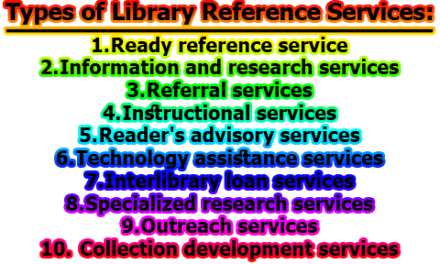Technical Developments of Digital Libraries:
The first serious attempts to store library information on computers date from the late 1960s. These early attempts faced serious technical barriers, including the high cost of computers, terse user interfaces, and the lack of networks that need technical developments of digital libraries. Because storage was expensive, the first applications were in areas where financial benefits could be gained from storing comparatively small volumes of data online. Four technical areas stand out as being particularly important to digital libraries.
- Electronic storage is becoming cheaper than paper: The cost of storing documents on CD-ROM was already less than the cost of books in libraries. Today, storing most forms of information on computers is much cheaper than storing artifacts in a library. They are much lower, though still noticeable, particularly for storing large objects such as digitized videos, extensive collections of images, or high-fidelity sound recordings.
- Personal computer displays are becoming more pleasant to use: Most users of digital libraries have a mixed style of working, with only part of the materials that they use in digital form. Users still print materials from the digital library and read the printed version, but every year more people are reading more materials directly from the screen.
- High-speed networks are becoming widespread: The growth of the Internet over the past few years has been phenomenal. Telecommunications companies compete to provide local and long-distance Internet service across the United States; international links reach almost every country in the world; every sizable company has its internal network; universities have built campus networks; individuals can purchase low-cost, dial-up services for their homes. It is easier to receive information over the Internet than to acquire printed books and journals by orthodox methods.
- Computers have become portable: Although digital libraries are based around networks, their utility has been greatly enhanced by the development of portable, laptop computers. By attaching a laptop computer to a network connection, a user combines the digital library resources of the Internet with the personal work that is stored on the laptop. When the user disconnects the laptop, copies of selected library materials can be retained for personal use.
Reference:
- Digital Libraries written by William Y. Arms.
Related Article: Benefits of Digital Libraries

Library Lecturer at Nurul Amin Degree College










